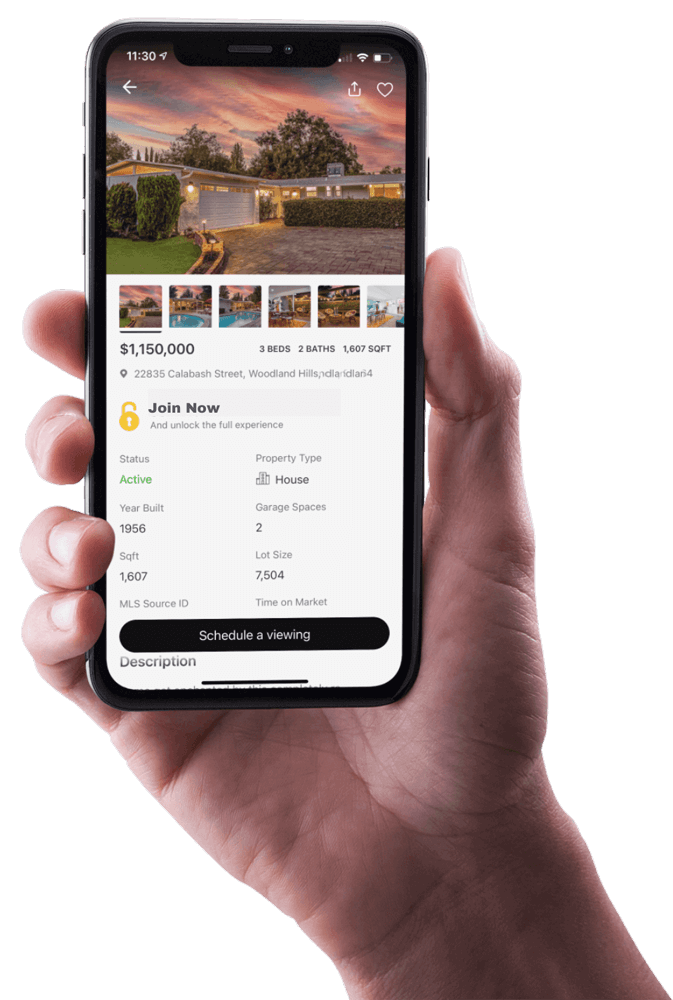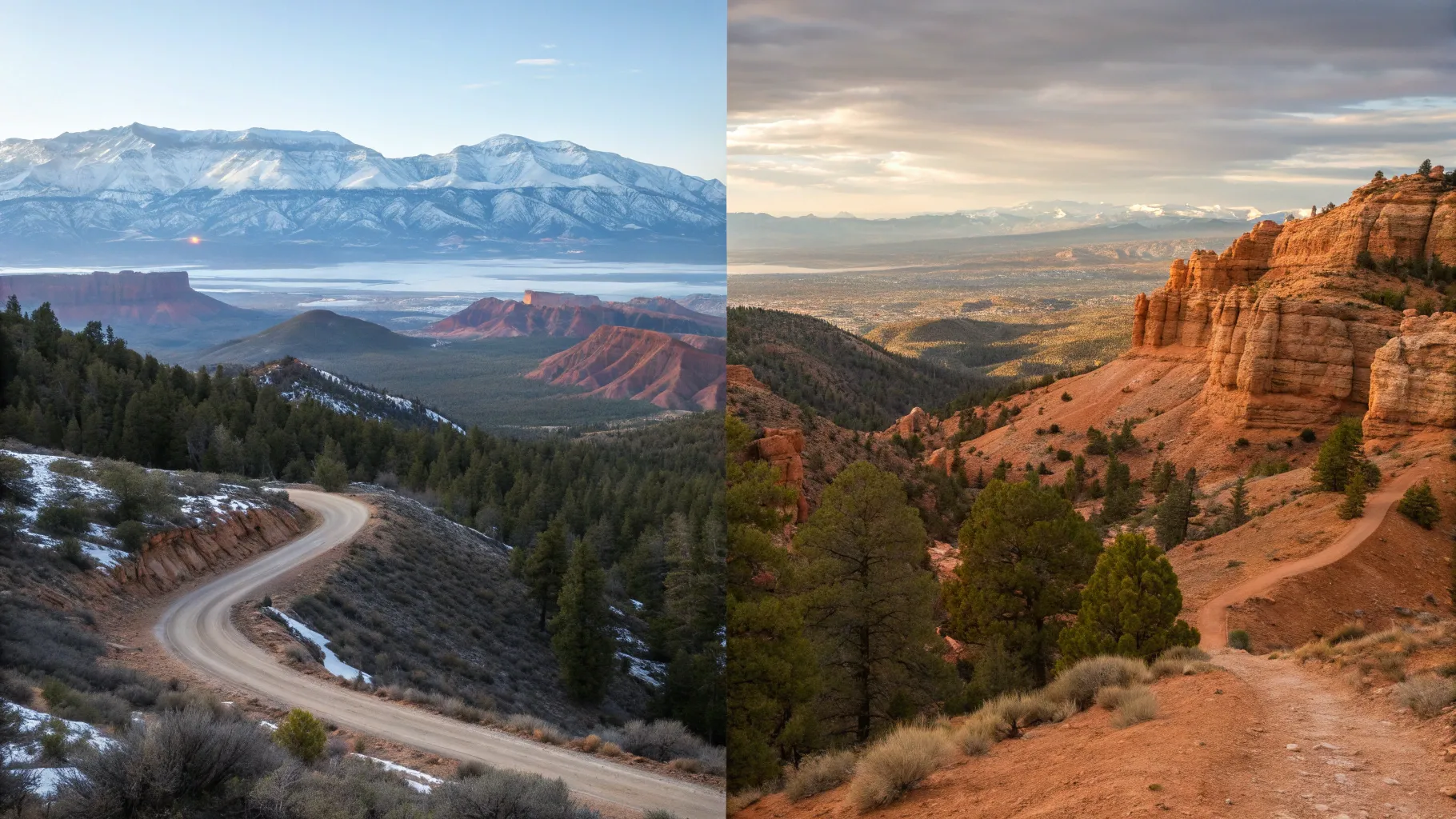
Utah attracts families, professionals, retirees, and outdoor enthusiasts with a unique combination of dramatic landscapes, strong job markets, and a growing real estate scene. This article breaks down the practical differences between northern and southern Utah—weather, recreation, housing, jobs, transportation, and lifestyle—to help prospective movers make an informed choice.
Plan a Visit: The Essential First Step
Before deciding where to land in Utah, a focused visit is highly recommended. Sampling northern Utah, southern Utah, and a few towns in between makes it easier to evaluate commute times, neighborhood character, and daily livability. Short trips reveal differences that listings and photos cannot—microclimates, recreation hubs, transit options, and the overall pace of life. Viewing multiple areas also helps align lifestyle priorities (schools, nightlife, outdoor access) with housing budgets and commute tolerances.
Weather: Four Seasons vs. Sun-Soaked Heat
Northern Utah offers four distinct seasons. Winters tend to bring cold and reliable snow—appealing for those who prioritize winter sports. Spring and fall are generally mild with noticeable seasonal transitions and blooming landscapes. Summers are warm, but extreme heat is less common than in the south.
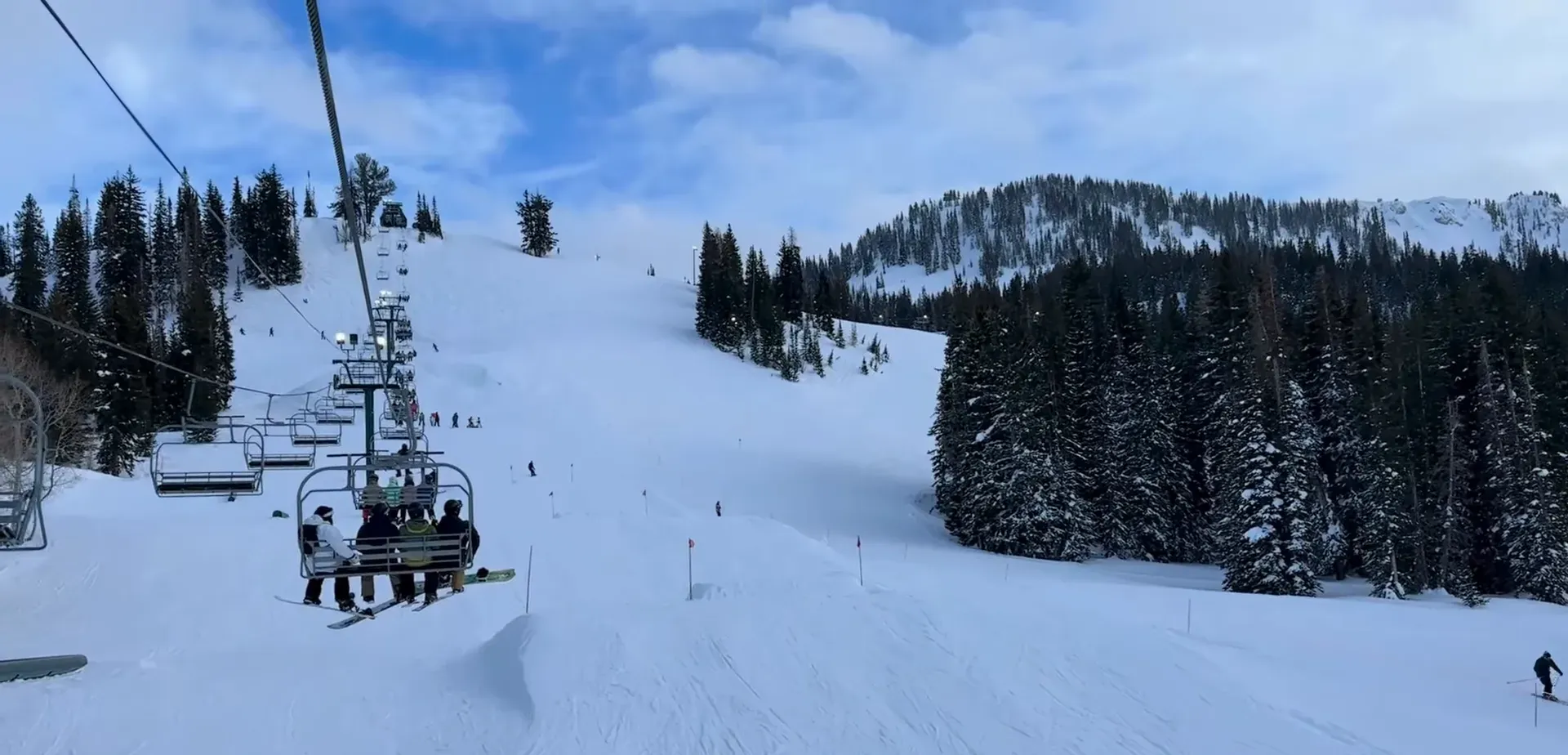
Southern Utah, especially around St. George, delivers a desert-influenced climate with more than 300 sunny days per year in many locations. Summers (July–August) frequently produce triple-digit afternoons that persist for weeks, while mornings can be comfortable. Winters are typically mild, encouraging year-round outdoor activity and making the region attractive to sun-seekers and winter “snowbirds.”
Explore Utah Real Estate
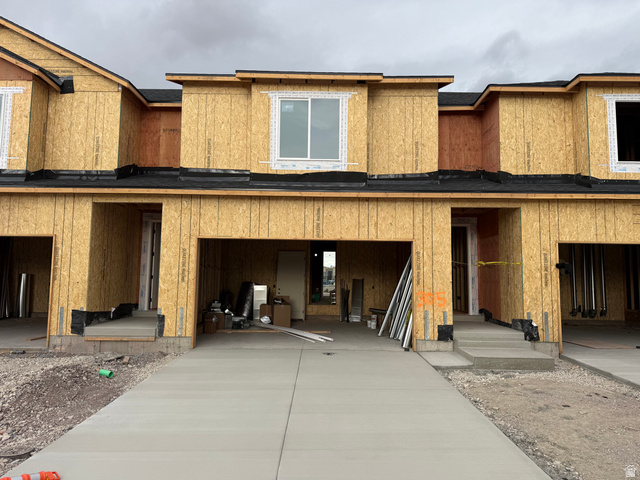
653 E RYEGRASS DR #305, Eagle Mountain, UT
$387,900
Bedrooms: 3 Bathrooms: 3 Square feet: 1,985 sqft
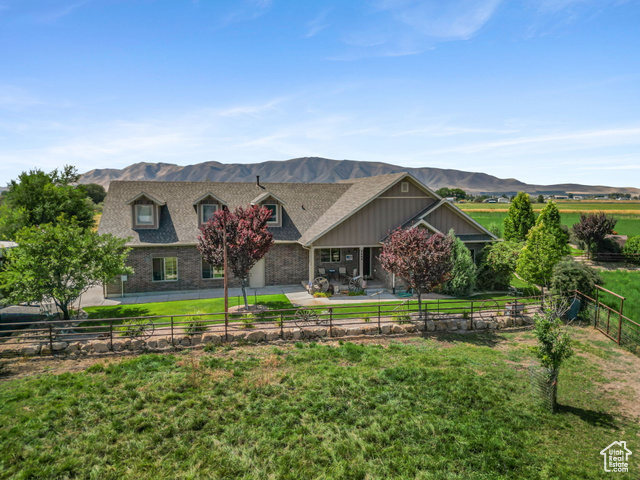
6668 S 3200 W, Spanish Fork, UT
$2,199,999
Bedrooms: 3 Bathrooms: 3 Square feet: 2,560 sqft
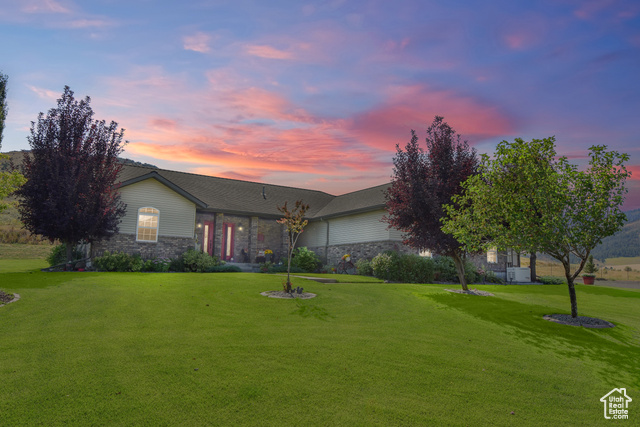
1500 FISH CREEK RD, Bancroft, ID
$1,100,000
Bedrooms: 6 Bathrooms: 4 Square feet: 3,767 sqft
Outdoor Recreation: Both Regions Excel—But Differently
Utah ranks among the nation’s best states for outdoor lifestyles. Northern residents benefit from proximity to world-class ski resorts and alpine terrain, while southern residents enjoy close access to five national parks: Zion, Bryce, Canyonlands, Arches, and Capitol Reef. From the Salt Lake area, many southern attractions are a drive away—roughly three to four hours—making weekend adventures feasible for residents across the state.
In addition to outdoor options, municipalities across Utah invest heavily in recreation centers. Indoor amenities—pickleball courts, indoor tennis, aquatic centers, indoor tracks, and large gym spaces—are common, supporting all-season activity regardless of climate. Prospective residents should tour local rec centers as part of their site visits; these facilities often reveal a community’s emphasis on active living.
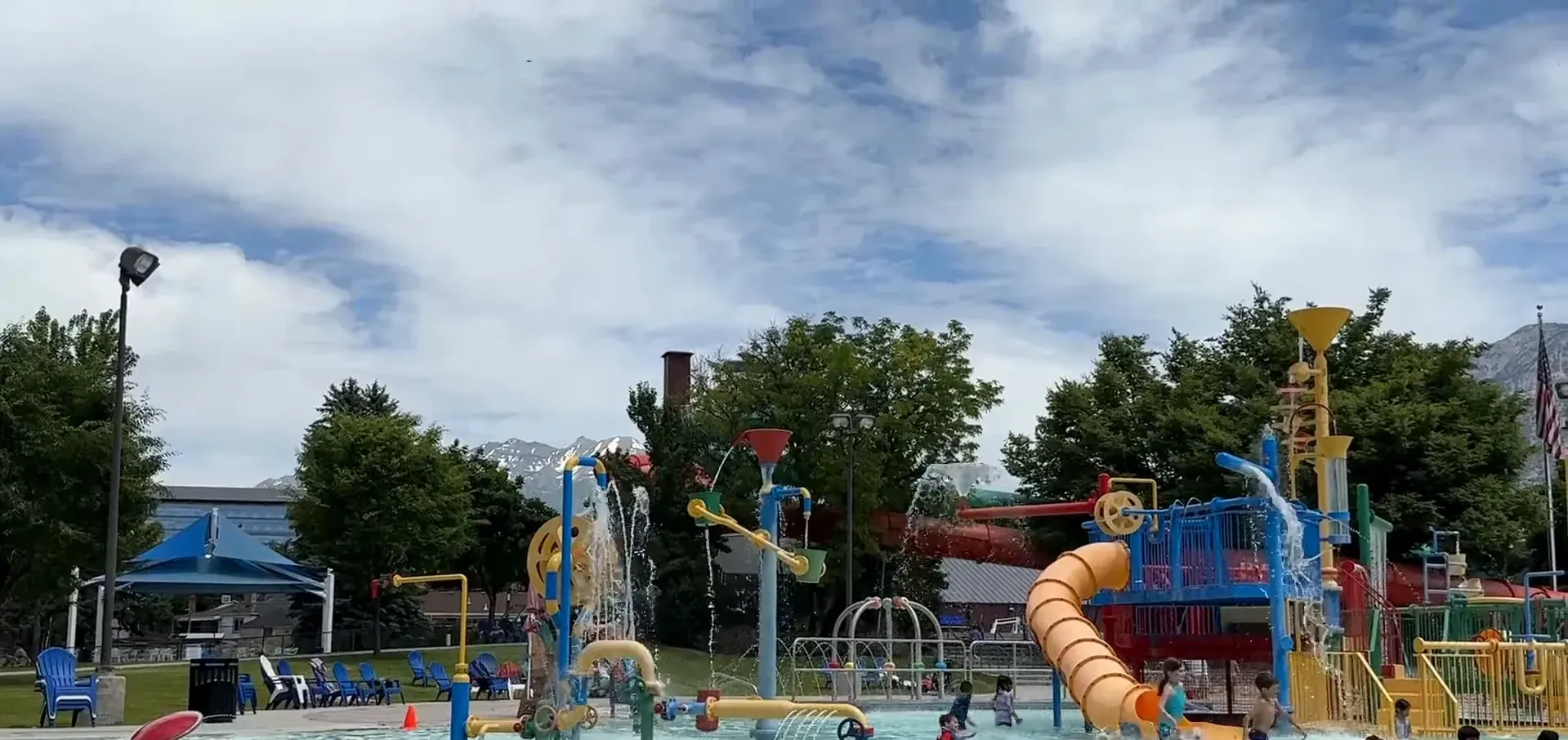
Real Estate and Cost of Living
Utah is one of the fastest-growing states, and housing market dynamics reflect sustained demand. Both northern and southern regions have seen increases in home prices, but there are meaningful differences:
- Northern Utah (Salt Lake County and suburbs): More diverse housing stock, higher-density and walkable neighborhoods near transit, and established suburban growth corridors such as South Jordan, Herriman, and Lehi. Central Salt Lake City has limited inventory and higher prices for downtown options.
- Southern Utah (St. George and surrounding areas): Generally lower average home prices compared with core Salt Lake neighborhoods and substantial new-construction activity. This makes southern markets appealing for buyers seeking newer homes and somewhat more affordable entry points.
Investors and buyers should monitor local inventory, new-build supply, and municipal growth plans. For a statewide listing portal and to explore current properties, visit https://bestutahrealestate.com for aggregated market snapshots and search tools.
Jobs, Transportation, and Market Indicators
Job opportunities concentrate around the Wasatch Front and Salt Lake City metro. The Silicon Slopes tech corridor—anchored near Lehi and surrounding cities—has created strong demand for professionals in technology and related industries. Statewide unemployment typically hovers near 3% (subject to change with economic cycles), reflecting a tight labor market.
More Properties You Might Like
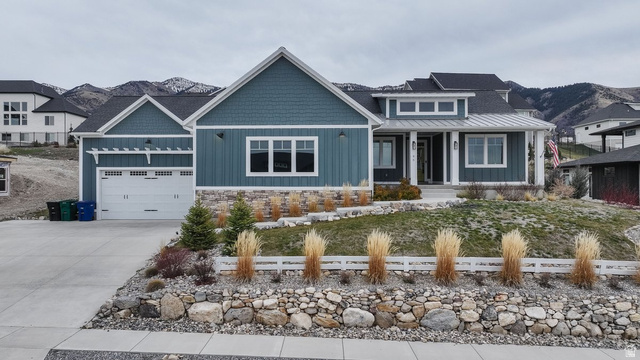
86 S 950 E, Hyde Park, UT
$774,900
Bedrooms: 6 Bathrooms: 4 Square feet: 3,544 sqft
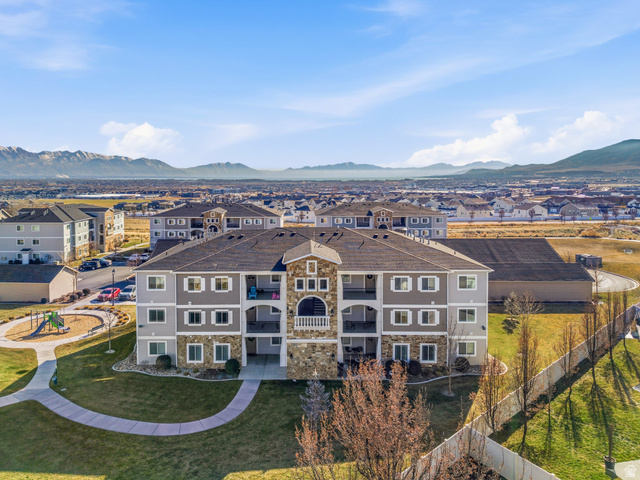
216 W RIDGE RD, Saratoga Springs, UT
$309,999
Bedrooms: 3 Bathrooms: 2 Square feet: 1,196 sqft
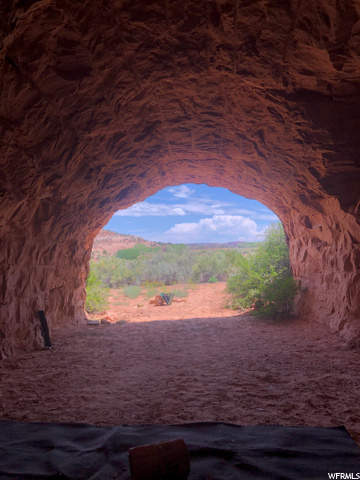
LOOKING GLASS RD, La Sal, UT
$998,100
Bedrooms: 3 Bathrooms: 1 Square feet: 792 sqft
Transportation and transit options are more extensive in northern Utah. Salt Lake City and nearby suburbs provide light rail, commuter rail, and a robust bus network that enable walkable, transit-oriented living in some neighborhoods. Southern Utah communities are more car-dependent and have fewer mass-transit options, although road infrastructure and regional transit initiatives continue to evolve.
Culture, Pace of Life, and Proximity to Other Cities
Northern Utah leans toward a faster pace of life in the metro core, with more nightlife, cultural venues, and urban conveniences. Southern Utah offers a quieter, slower tempo—often characterized by abundant sunshine and an emphasis on outdoor, community-oriented living. Proximity differences also matter: St. George sits roughly an hour and 40 minutes from Las Vegas and about four hours from Salt Lake City, which influences weekend travel and access to additional services.
Those seeking world-class skiing, a full four-season experience, and denser job markets may prefer northern Utah. Those prioritizing sunny weather, milder winters, and lower-density living often find southern Utah a better cultural and climate fit. Both regions deliver exceptional recreational infrastructure and a strong sense of community—decision factors hinge on lifestyle priorities, career needs, and climate tolerance.
Short Narrative Example
The Smiths relocated from the Midwest and chose Park City for winter sports, enjoying daily access to ski terrain during the colder months and a lively downtown scene. Another household, the Johnsons, opted for St. George to escape long winters while gaining year-round outdoor recreation and lower initial housing costs. Each family prioritized different trade-offs—neighborhood vibe, commute, and weather—demonstrating the importance of a targeted visit to refine preferences.
Conclusion
Choosing between northern and southern Utah comes down to trade-offs among climate, commute, job opportunities, housing costs, and lifestyle. Northern Utah offers seasonal variety, public transit, and proximity to larger employment centers. Southern Utah supplies abundant sunshine, milder winters, more affordable new builds in many areas, and immediate access to iconic national parks. A planned visit to several communities, evaluation of local recreation and transit amenities, and attention to housing inventory will help align the right location with long-term goals.
Frequently Asked Questions
Which part of Utah gets more snow?
Northern Utah experiences more consistent winter snowfall and supports extensive ski resort infrastructure. Southern Utah has milder winters with limited, short-lived snow at lower elevations; nearby mountain resorts like Brian Head offer occasional winter access for southern residents.
Are job opportunities concentrated in one region?
Most high-density job opportunities—especially in tech and professional services—cluster around the Salt Lake City metro and the Silicon Slopes corridor near Lehi. Southern markets have growing local economies but fewer large employers compared with the Wasatch Front.
Is southern Utah substantially cheaper to live in?
Southern Utah often offers lower average home prices and more new-home construction compared with central Salt Lake neighborhoods. However, affordability varies by city and neighborhood; overall cost-of-living differences should be evaluated against taxes, utilities, and commuting expenses.
How many sunny days does southern Utah typically receive?
Many southern Utah locations report more than 300 sunny days per year, which is a major draw for residents seeking consistent outdoor activity and milder winters.
Where can prospective buyers find statewide listings and tools?
Statewide property listings and market search tools can be found at https://bestutahrealestate.com, which compiles current inventory across northern and southern Utah markets.
Where to find authoritative data on Utah demographics and market trends?
Authoritative background information and statistics can be consulted at state and national resources such as utah.gov and nar.realtor for housing market reports and demographic trends.












